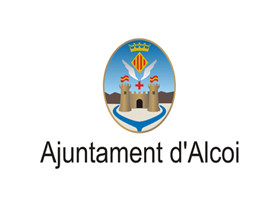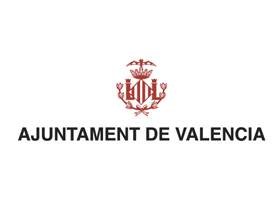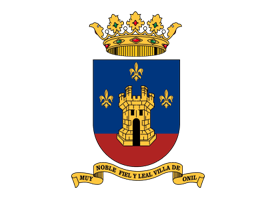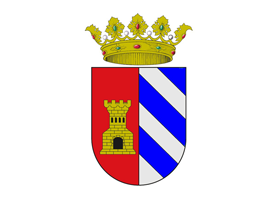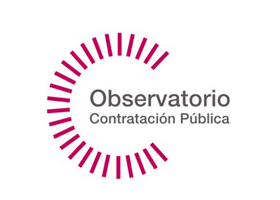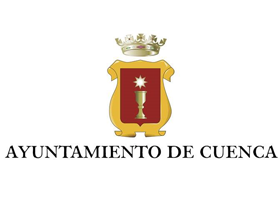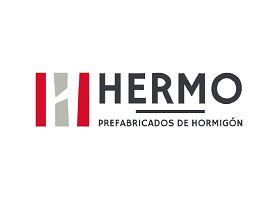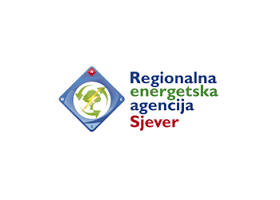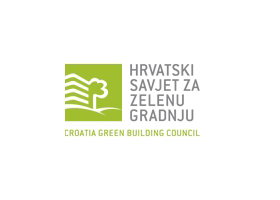In this section, you can access to the latest technical information related to the FUTURE project topic.
Cavity ignition was investigated in a rocket-based combined cycle combustor. The Mach number, total pressure, and total temperature of the inflow were 2.92, 2.60 MPa, and 1650 K, respectively. A backward-facing step was employed to replace the rocket engine that was shut down. The expansion fan and the reattachment shock wave resulting from the backward-facing step distorted the mainstream. The combustor was 40 mm in height (H) at the entrance. Three typical cases with d/H=2.0, 4.5, and 7.5 were reported in this study, where d was the distance between the backward-facing step and the cavity. Schlieren images and flame chemiluminescence images were captured to reveal the ignition processes. The ignition process in the case with d/H=2.0 was similar to the conventional cavity ignition because only the rear of the cavity was subjected to the expansion fan. Two combustion modes, namely, the local combustion mode and the cavity stabilized scramjet mode, were witnessed in this case. The first combustion mode was characterized by a small reaction zone in the fore part of the cavity. The primary reaction zone of the second mode was in the region near the cavity ramp. The rapid flame spreading in the cavity shear layer led to the transition between these two combustion modes. In the case with d/H=4.5, the reattachment shock wave enlarged the cavity recirculation flow. The expansion fan decreased the static pressure upstream of the cavity, which made the combustor more sensitive to backpressure. Although the first two combustion modes of this case were similar to those of the case with d/H=2.0, a new combustion mode (unsteady jet-wake stabilized scramjet mode) was observed in this case. The mode transition between the cavity stabilized scramjet mode and the unsteady jet-wake stabilized scramjet mode was attributed to the backpressure resulting from the heat release. The backpressure gradually pushed the reaction zone upstream. In the case with d/H=7.5, the cavity was not directly exposed to the expansion fan or the reattachment shock wave. However, the ignition process in this case was more complex. The combustor successively experienced the aforementioned three combustion modes and eventually settled into the ramjet mode. The mode transition between the last two modes was the result of thermal choking. The flame propagated upstream rapidly when the combustor was chocked.

» Author: Bin An, Zhenguo Wang, Mingbo Sun
» More Information
« Go to Technological Watch
